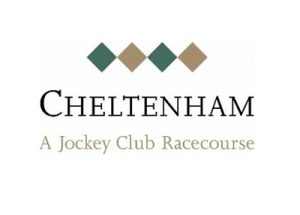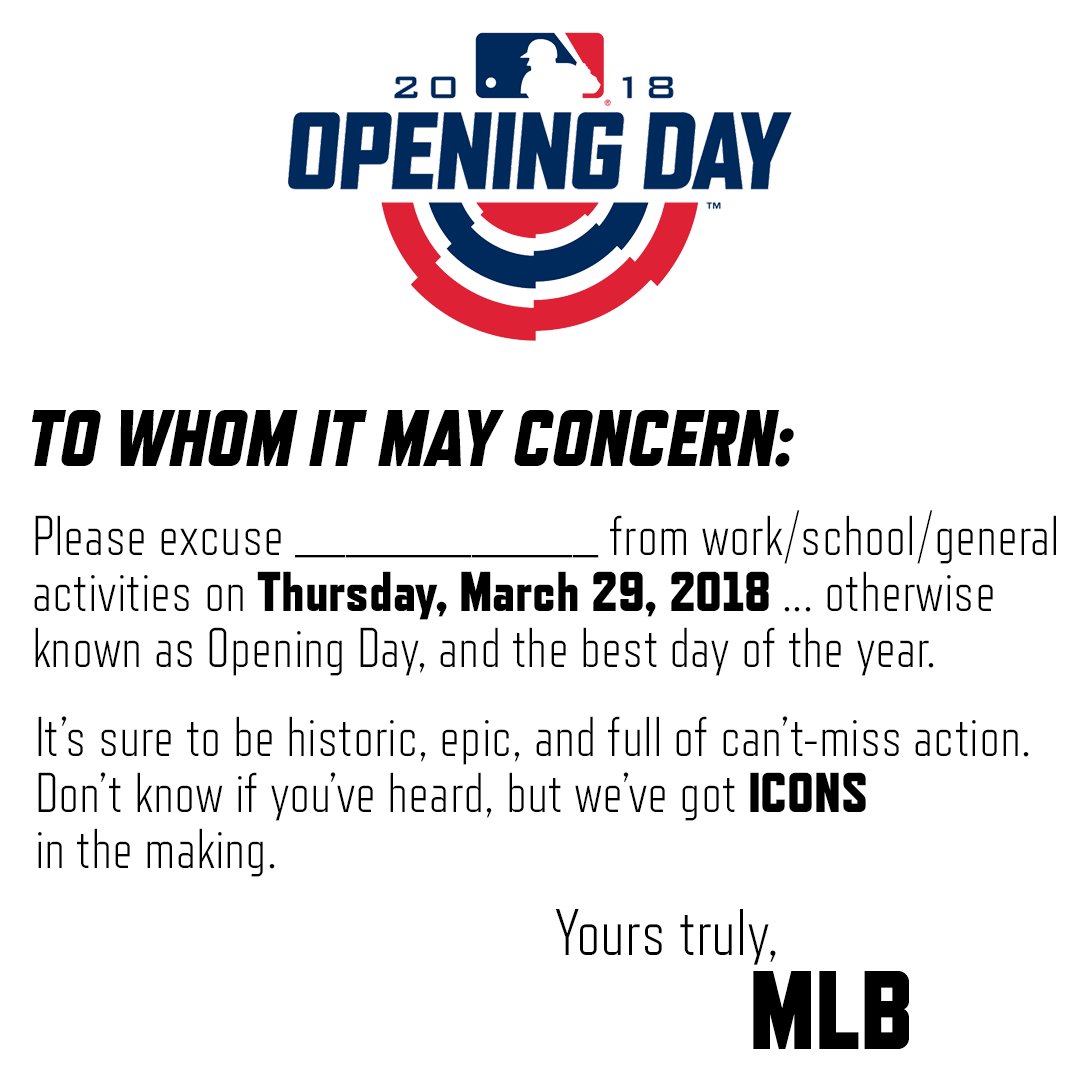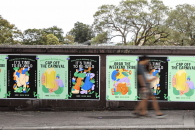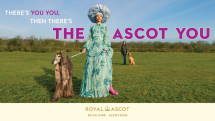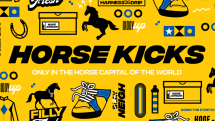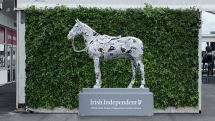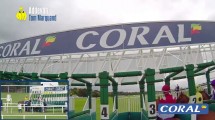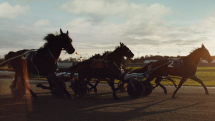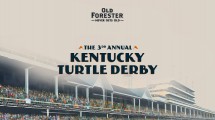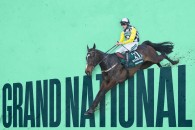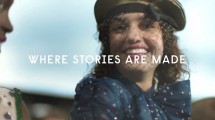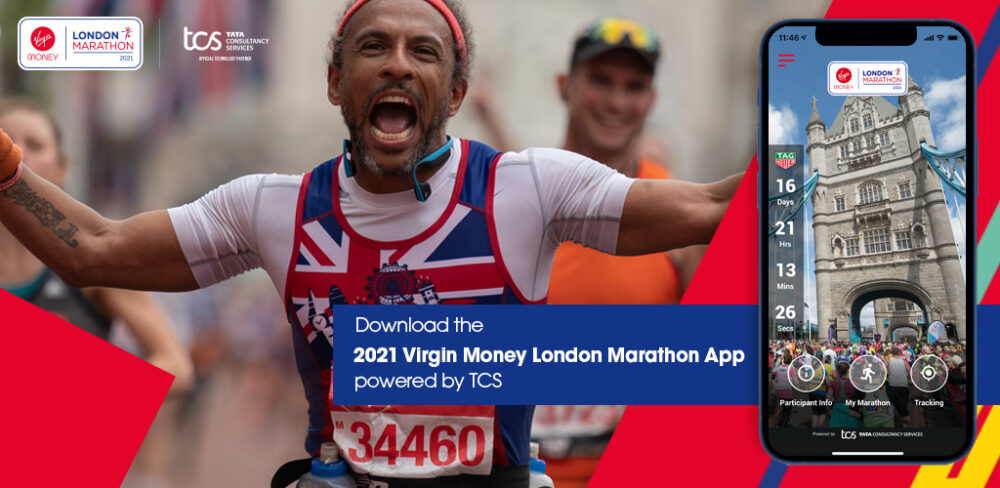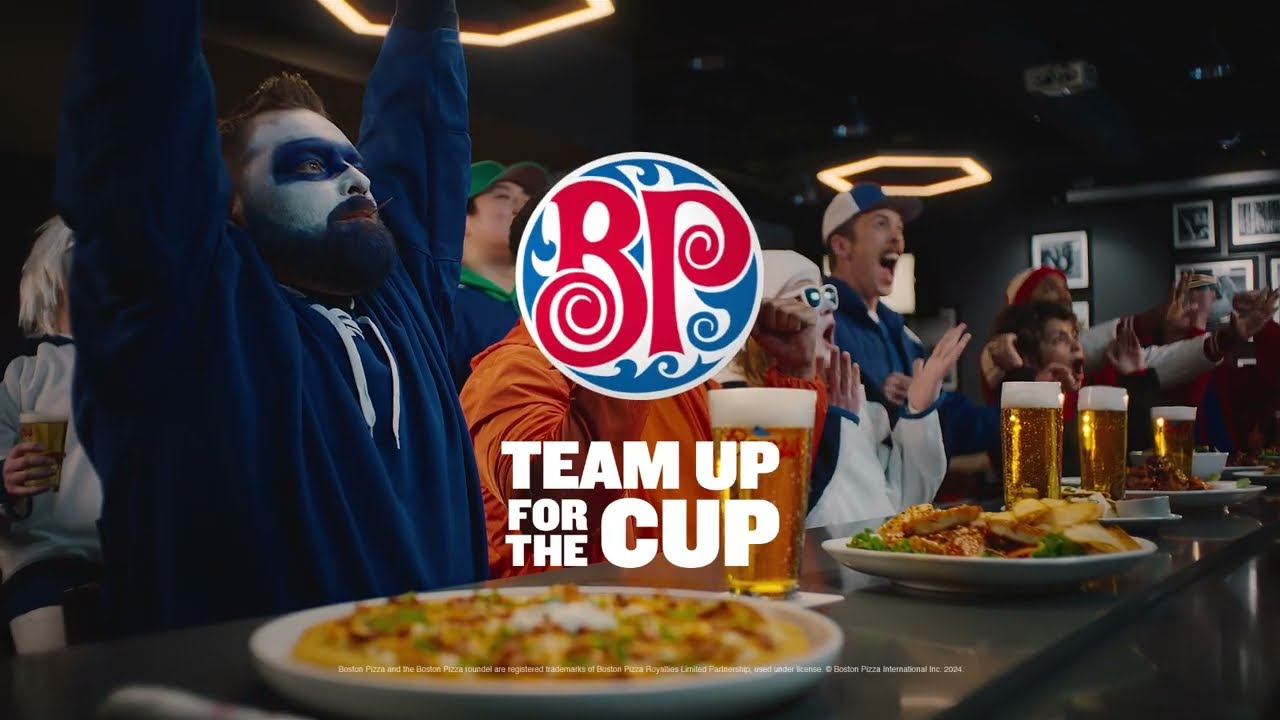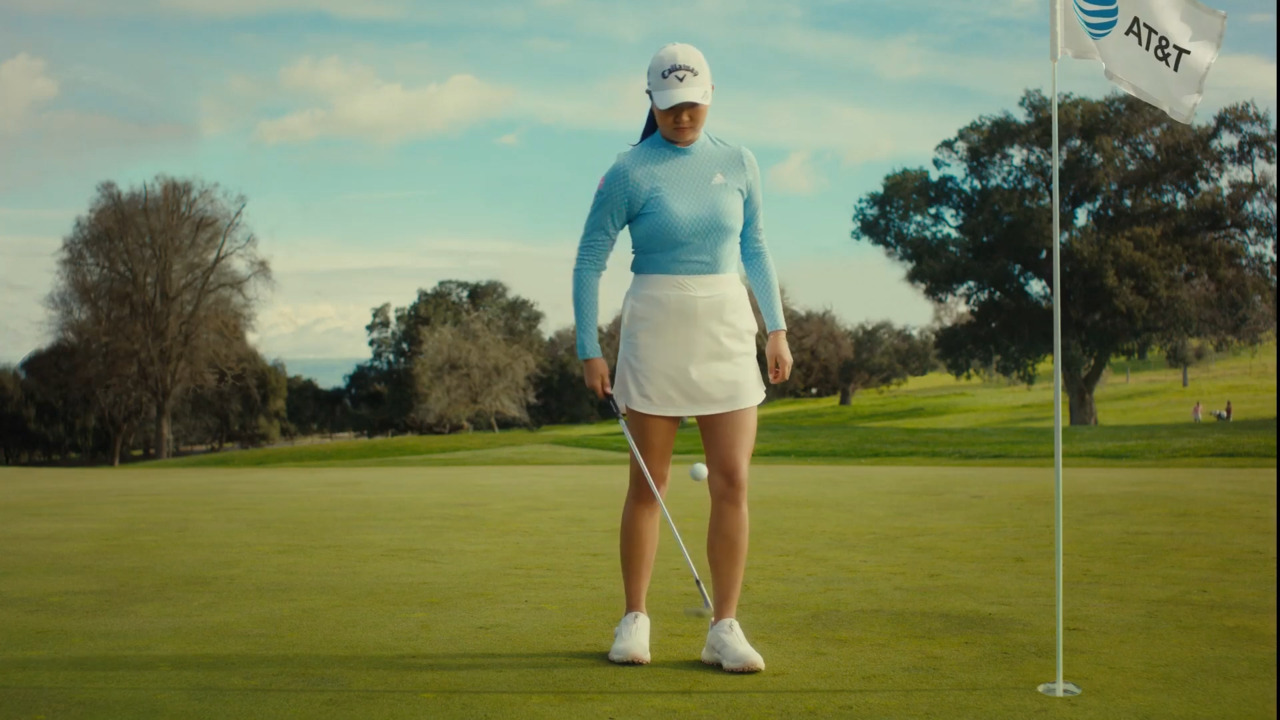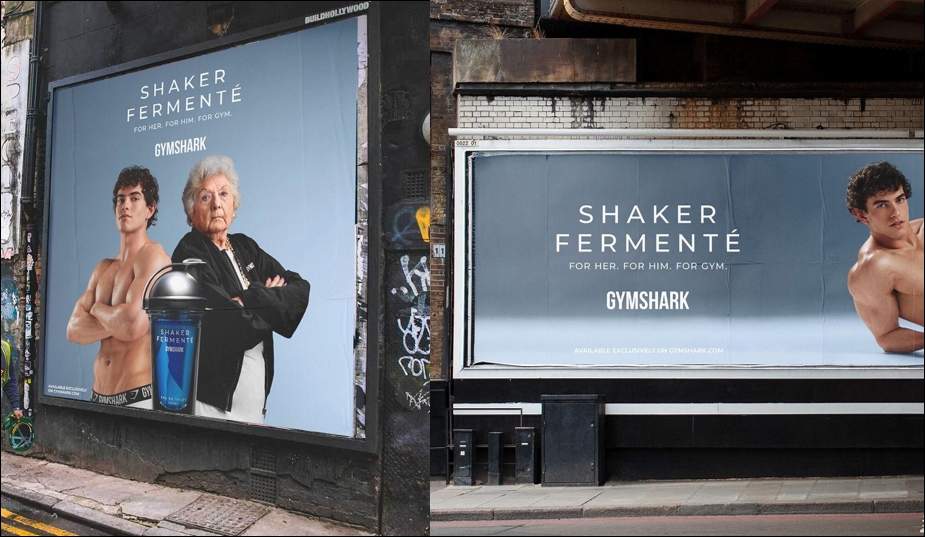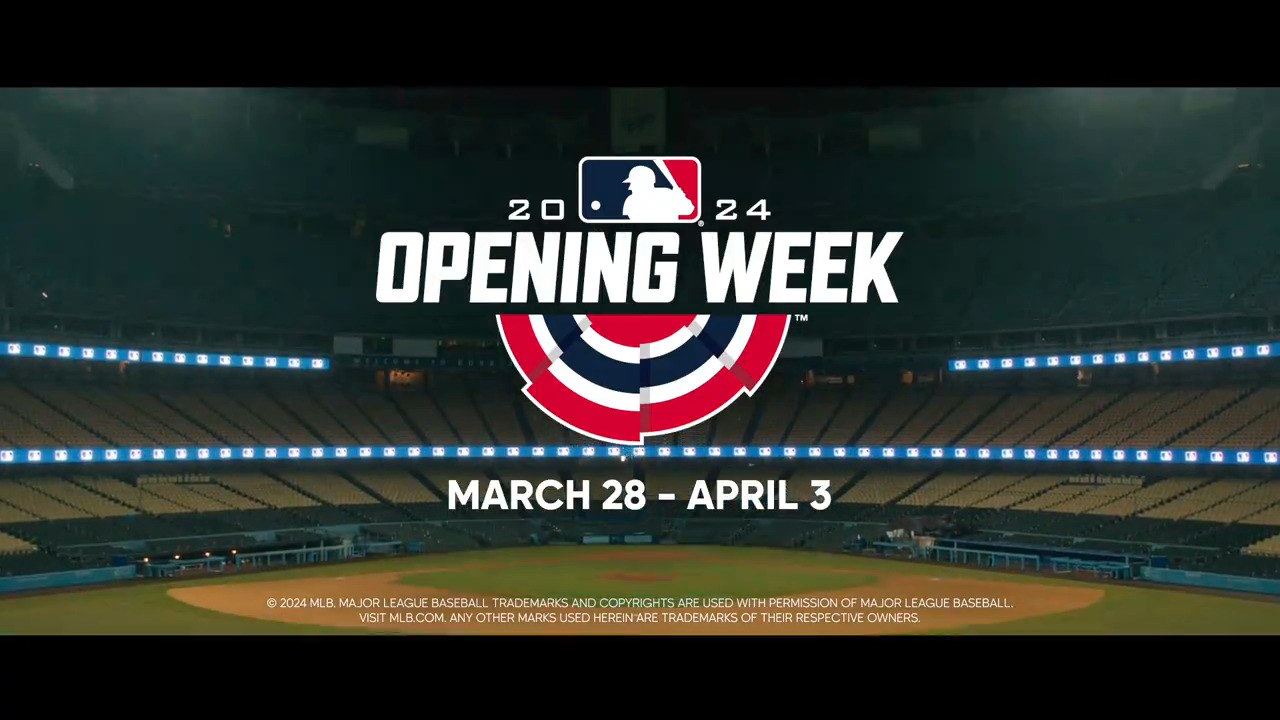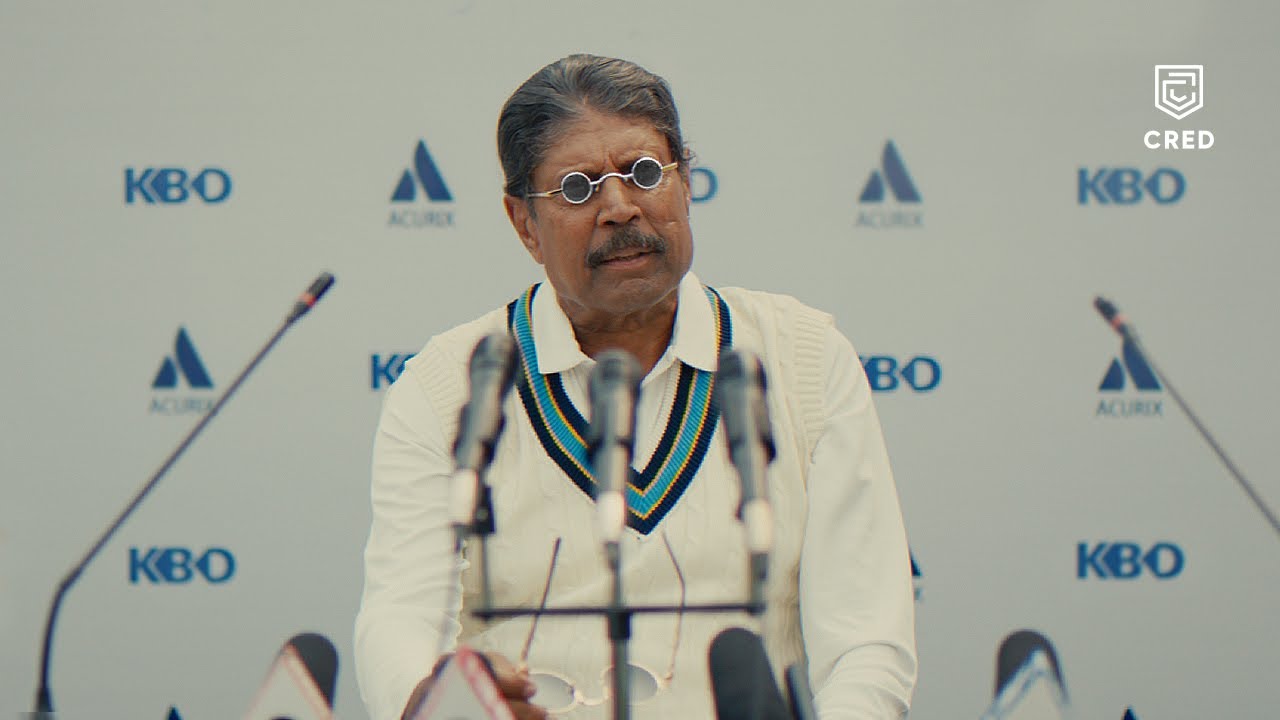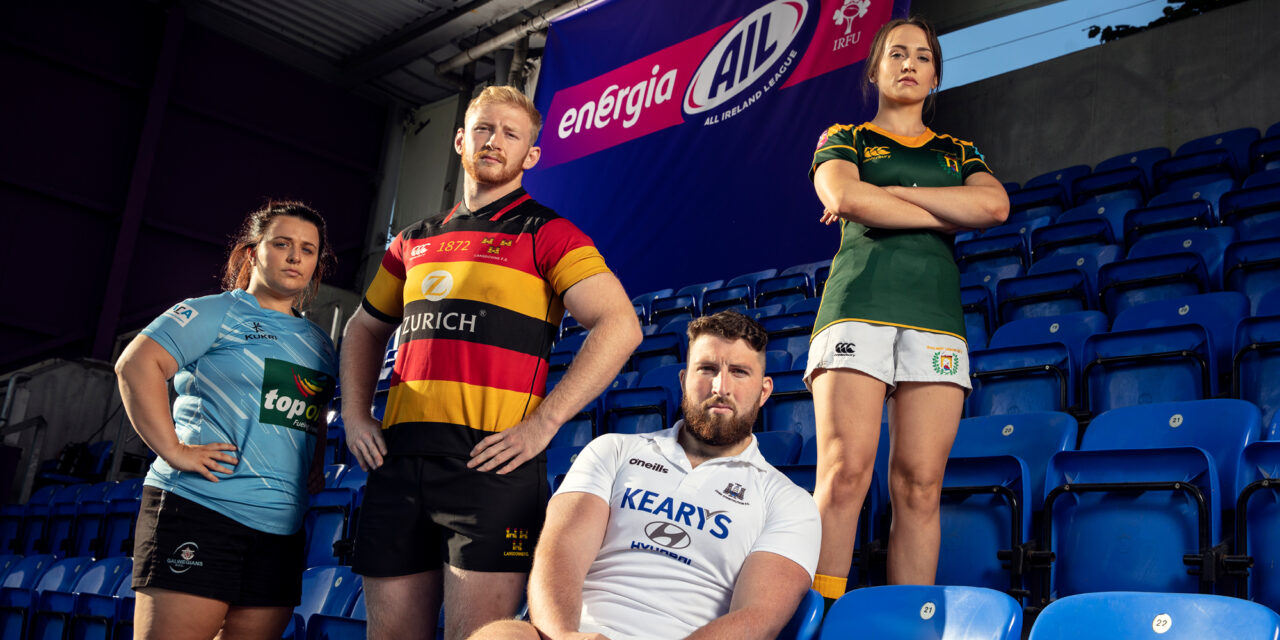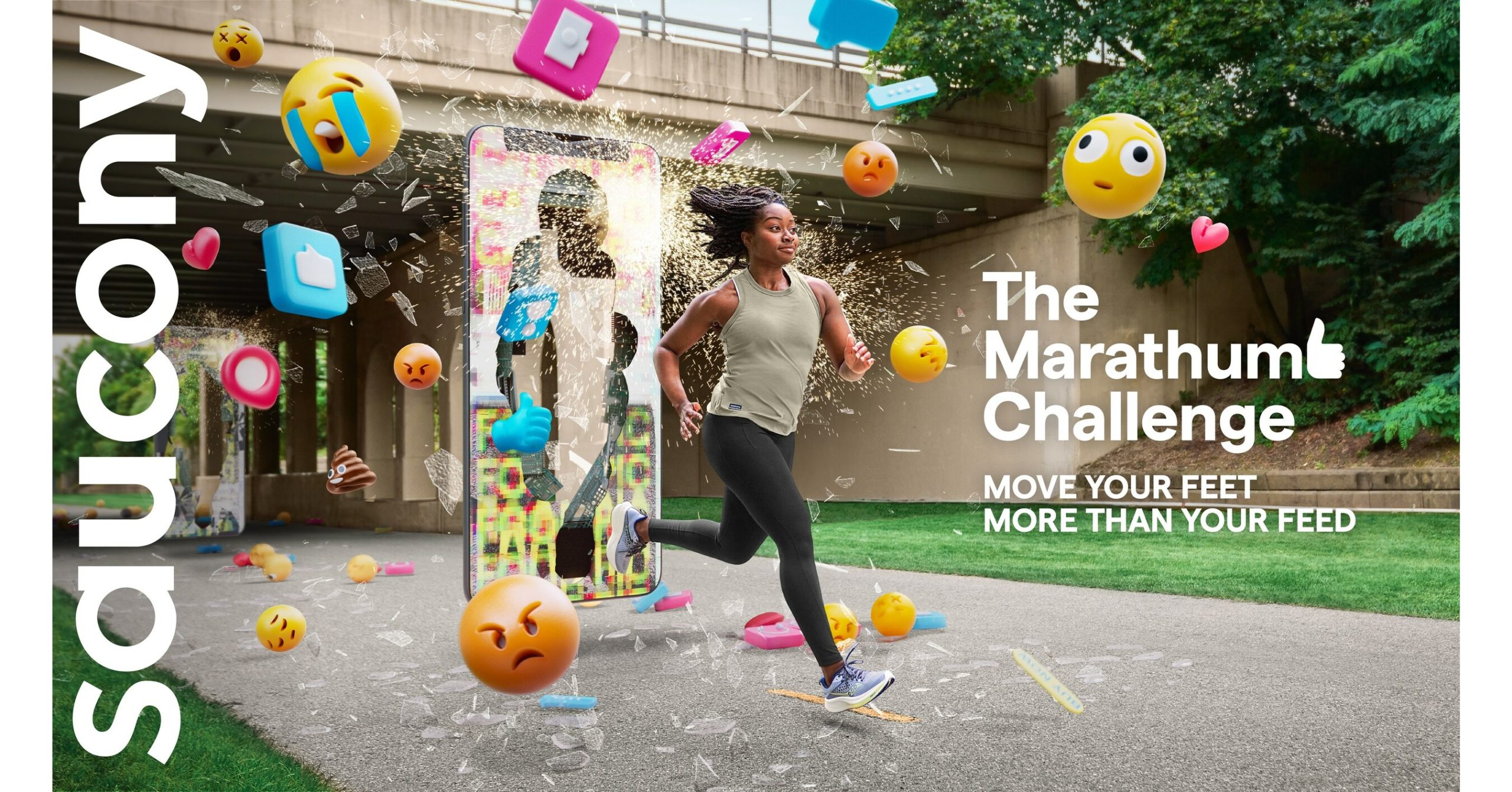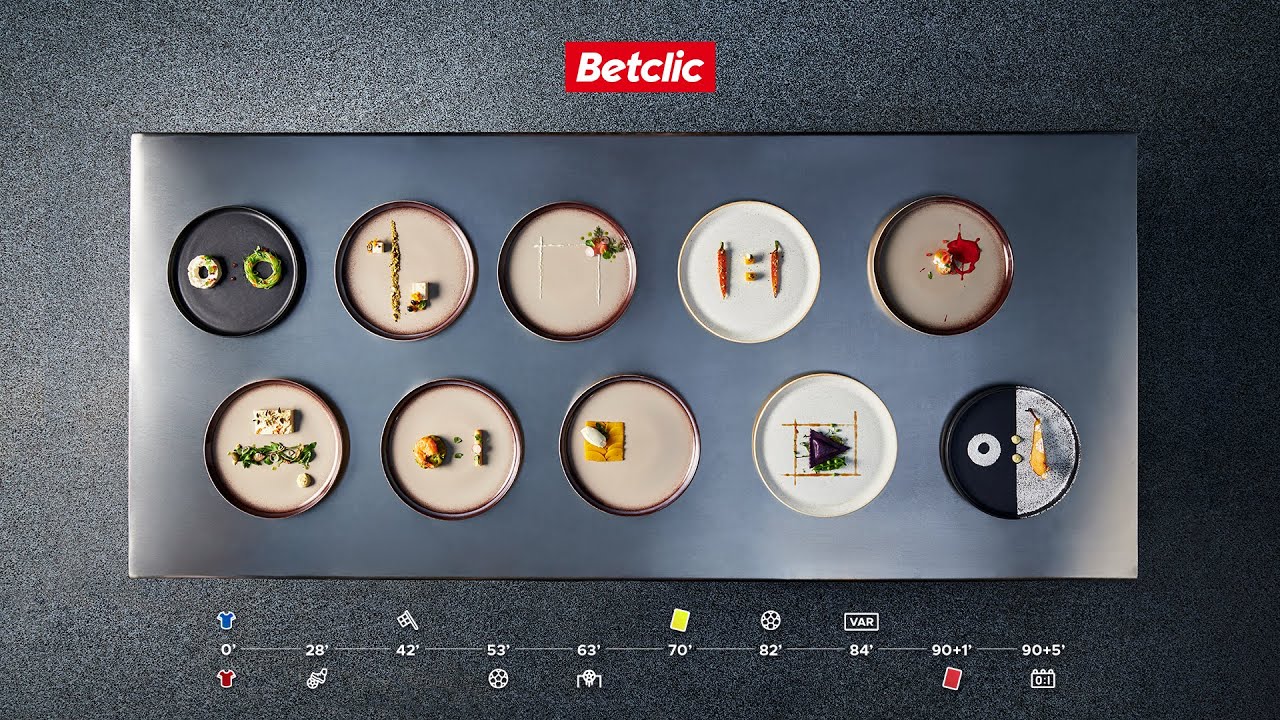It’s by far the biggest annual event in the jump racing calendar – a blockbuster property that outshines everything else the sport has to offer in betting revenue, ticket sales, TV viewers and commercial partnerships – but a quick glance at some of the 2017 meeting’s marketing raises questions about just who the target audience actually is.
For example, consider these three very different current Cheltenham campaigns.
Bookie Betfair is taking a dramatic, yet cheap (and somewhat cheesy) ‘Game Of Thrones’ inspired creative approach to its Cheltenham Festival commercials (see case study), while cheeky challenger Paddy Power’s campaign launched with a semi-naked ‘Putin/Trump political PR prank’ (see case study) and The Jockey Club itself is rolling out a set of longer form, in-depth documentary style online #LoveTheJumps films (see case study) at the heart of its current campaign.
Obviously different brands are targeting specific demographic sub-sectors, but from these three very different initiatives it is hard to believe they are actually leveraging the same event and trying to engage a similar consumer cohort.
For the festival’s new official broadcaster, understanding the target audience (and potential viewers) is particularly important at the 2017 meeting.
After all, while ticket sales and on-track audiences continue to break records year-on-year showing the health of the festival, the 2017 meeting is the first major race event since ITV spent heavily to take over the UK terrestrial broadcaster rights from Channel 4 and it will need to attract bigger audiences and sell more (mostly bookmaker) TV spots right out of the gate to start to justify its increased rights fee.
(I)TV Viewers
The UK’s biggest commercial broadcaster will need to show it can attract significantly more TV viewers than previous broadcaster Channel 4 if its new horse racing terrestrial TV rights investment is to pay off.
After all this is the first year of its new horse racing monopoly deal which saw it take most of the major UK races away from previous incumbent Channel 4 with its own £30m rights gamble.
It has been reported that ITV’s strategy led to a 50% increase in racing rights fees when it swooped in on Channel 4’s previous terrestrial TV racing rights monopoly (the previous broadcaster having paid only around £20m for its package).
For the first few months of the new deal, most of ITV’s racing coverage ran on its lesser known ITV4 channel, but the Cheltenham Festival marks the point at which its move back into racing gets serious.
After all, ITV’s investment was primarily based around the sport’s biggest events: the Grand National, the Derby, Royal Ascot and The Cheltenham Festival
ITV is pulling out the stops for its first Festival: with a 90-minute Opening Show magazine programme at 9.30am each day on ITV4, plus all the live race coverage from lunchtime and the channels team is also reported to have put in a lot of thought into in-air features for the extended gaps between races.
While ITV hasn’t publicly stated how much its festival ad spots are selling for, or what its target audience numbers for the meeting are, it will certainly be hoping to comfortably beat Channel 4’s final year viewing figures from 2016 – which failed to reach 0.89 million TV viewers for Gold Cup day and averaged 0.66 million viewers across the four day festival (a 9.8% audience share).
With the festival’s 2016 flagship race, The Cheltenham Gold Cup, pulling in less than 10% of the 10 million record Channel 4 TV audience for last year’s most watched UK race The Crabbie’s Grand National (a 12% rise on 2015 and an impressive 59% share) there is plenty of room for growth for the Westcountry jumps meeting.
Especially when other statistics – such as on-track ticket sales (the Liverpool meeting’s 152,000 total attendance is dwarfed by the 260,000 who went to last year’s Cheltenham Festival) show interest in Cheltenham is sky high.
This suggests there is plenty of potential to significantly boost the Cheltenham TV audience and ITV will be hoping that is exactly what happens this year.
Indeed, the early data suggests some solid success on this front as ITV’s Gold Cup Day live television coverage generated an average audience of 1.2 million: breaking the key million pound barrier for the first time on Gold Cup day.
Tickets, Attendances & Turnover
ITV should be in a fairly strong position to achieve its objectives if ticket sales, crowd sizes, prize money and betting trends are anything to go by.
The festival and its rights holder and the UK’s largest racecourse group, The Jockey Club, are in good shape.
With record ticket sales and on-track attendances (of more than 260,000 over the four-day event in 2016) in each of the last six years, the festival seems to be in great shape.
These are the statistics which justified The Jockey Club’s largest-ever facilities project which saw the rights holder spend £45m on improving and expanding Cheltenham Racecourse in recent years.
The Jockey Club, which is governed by Royal Charter to reinvest all profits into British Racing and whose Patron is Her Majesty The Queen, owns many of British horseracing’s iconic tracks, race meetings and assets: as well as the Cheltenham Festival, its blockbuster properties include the Grand National, The Investec Derby, Royal Ascot and The National Stud.
Indeed, it’s not just record attendances at Cheltenham (and a new ITV deal) that have seen the group post record turnover for the seventh consecutive year.
Record crowds of nearly two million across The Jockey Club’s 15 racecourses nationwide (an 8% increase) helped it to deliver a 7.1% rise in turnover to £183.3m according to its most recent set of figures.
Growth was driven by rising crowds, bigger media incomes, record hospitality sales and a strong performance from Jockey Club Catering at its racecourse venues and a successful year for its Jockey Club Live joint venture.
In fact, The Jockey Club has grown its turnover by 82% since 2008 (its first full year of operating solely as a commercial group ).
Bookies Social Stakes:
The 2017 Cheltenham Festival was one of the most lucrative Cheltenham’s ever – with more than £150m wagered across the four days.
With those kinds of sums being gambled, the meetings is crucial for the UK’s bookmakers: so it is no surprise that the festival dominated bookie social media activity for the week.
After all, Britain and Ireland biggest bookies are all vying to increased market share during the festival and social media is now perhaps the key space for this marketing battle.
But, as mentioned previously, they offered fairly different creative approaches with various degrees of success.
What can we learn from these different tactics?
Well sports marketing agency Sportquake analysed the total Facebook video views for Cheltenham Festival content from the UK’s largest bookies to discover which has the biggest share of voice and which type of content won the bookie battle at Cheltenham.
Wrap up of #CheltenhamFestival now available! Insight on our #FacebookFurlong Champion and how they did it here: https://t.co/6Nck7UZc5s pic.twitter.com/BdX5uWfaL3
— SportQuake (@SportQuake) March 22, 2017
PaddyPower topped the company’s table: generating the most views and boasting the two top performing videos.
‘Ruby’s Revenge’, which saw star jockey Ruby Walsh confront a Twitter troll, notched up 740,000 YouTube views,
while the similarly-themed ‘Mean Tweets’ (featuring Ruby Walsh, Gordon Elliott, Nina Carberry and The Racing Blogger reading Twitter abuse ahead of the Cheltenham Festival) generated around 10,000 YTVs.
Interestingly, its average video length was the shortest and yet generated the most views – suggesting that short-and-sweet, bite-size video content is what most consumers want.
This compares to the longer, more analytical content from the likes of Betfair and Bet365 9and from The Jockey Club itself in its promotional campaigns (see case study).
SkyBet finished runner-up to Paddy power in the SportQuake Stakes.
Interestingly, it was SkyBet that produced the most Cheltenham content across the four days with no less than 30 different digital/social videos and as a result accumulated the second-highest video views – although average views per video were comparatively low compared to Paddy Power.
Among its top social spots were online videos created in partnership with Sporting Life such as its Preview Promotion film.
Finishing in third place was Ladbrokes, which built its social activation around live-streaming and celebrities (including regular brand pitch man Chris Kamara) offering a mix of ‘daily round-ups’ and more ‘light-hearted content’ such as its ‘#HorsesMouth’ series.
Cheltenham Festival: The Numbers
Total Bets Placed > £600m
Total Income To Gloucestershire Economy > £100m
Total Prize Money > £4.3m
Money Withdrawn From Festival Cash Machines > £2.2m
Total Pints Of Guinness Drunk > 265,000
Total Four-Day Attendance > 260,000
Total Bottles Of Wine Drink > 120,000
Average Attendance Each Day > 62,000
Afternoon Teas Served > 45,000
Number Of Vehicles Parked > 36,500
Links:
Cheltenham Festival
http://www.thefestival.co.uk/#RQYwq0HeFLA4Rtsu.97
http://cheltenham.thejockeyclub.co.uk/
The Jockey Club
http://www.thejockeyclub.co.uk/
https://www.facebook.com/TheJockeyClub1750/
https://www.youtube.com/user/thejockeyclub1750
https://twitter.com/TheJockeyClub
https://www.instagram.com/thejockeyclub/?hl=en

